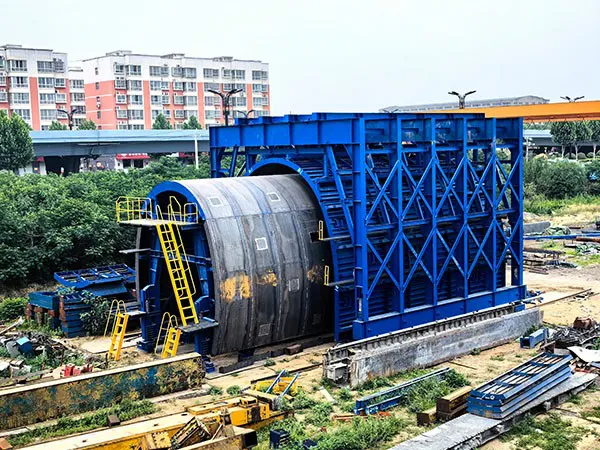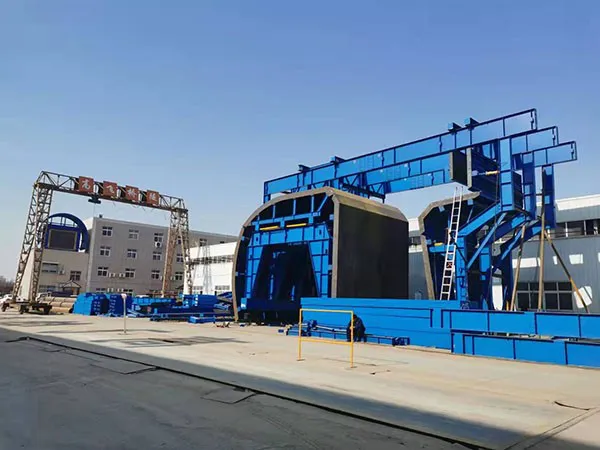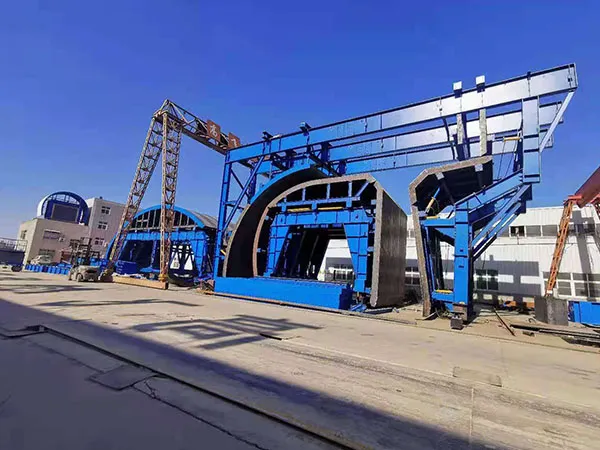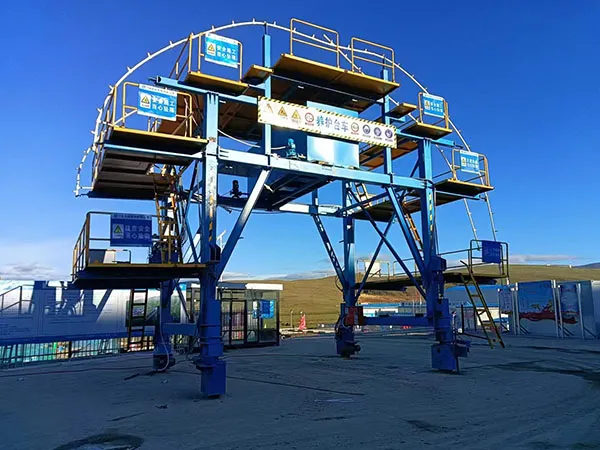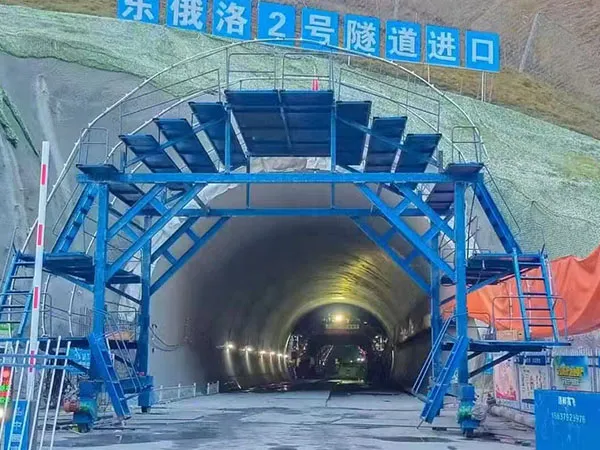Designing a multi-story steel structure requires careful consideration of several key points to ensure the building is safe, stable, and durable. The design process must account for various loads, material properties, and construction methods.
Key Points in the Design of Multi-story Steel Structure Buildings

1. Conceptual & System-Level Design
This is the foundational stage where the primary structural scheme is decided.
a. Structural System Selection
The choice of the structural system is the most important decision, as it dictates how the building will resist both gravity and lateral loads. The main options are:
Braced Frames: These use diagonal members in a truss-like configuration to provide lateral stability.
Key Points: Very efficient and stiff for resisting lateral forces (wind, seismic). Economical in terms of steel weight. The main drawback is that the diagonal braces can interfere with architectural elements like windows and doors.
Types: Concentrically Braced Frames (CBF) and Eccentrically Braced Frames (EBF). EBFs are designed to be more ductile for seismic applications.
Moment-Resisting Frames (Rigid Frames): These rely on rigid connections between beams and columns to resist lateral forces.
Key Points: Allows for open architectural bays without diagonal braces. Offers more design flexibility. However, it requires heavier columns and beams and more complex, expensive moment connections. The frame is also generally more flexible (less stiff) than a braced frame.
Shear Wall / Core Systems: Often used in taller buildings, this system uses concrete or steel plate shear walls, typically around elevator shafts and stairwells, to create a stiff central core that resists all lateral loads.
Key Points: Extremely stiff and efficient for high-rises. The rest of the steel framing can be designed with simple, cheaper connections just for gravity loads.
Hybrid Systems: Combining elements of the above systems (e.g., a moment frame in one direction and a braced frame in the other) to optimize performance and cost.
…
For more detailed information on the key points of multi-story steel structure design, please click here:https://www.meichensteel.com/a/news/key-points-in-the-design-of-multi-story-steel-structure-buildings.html


